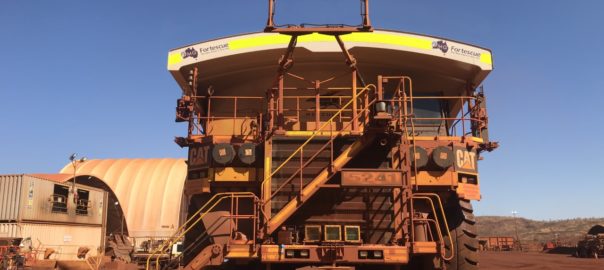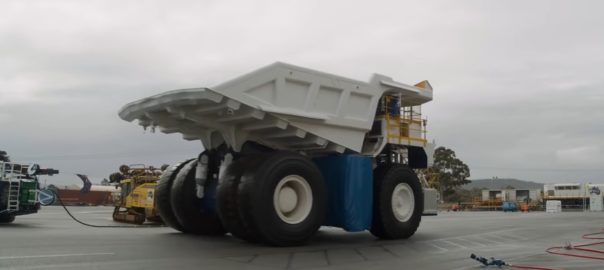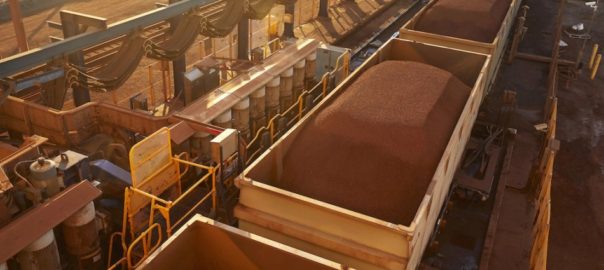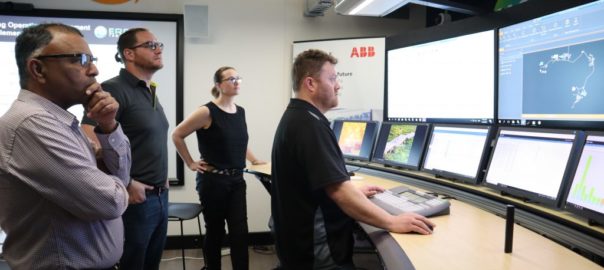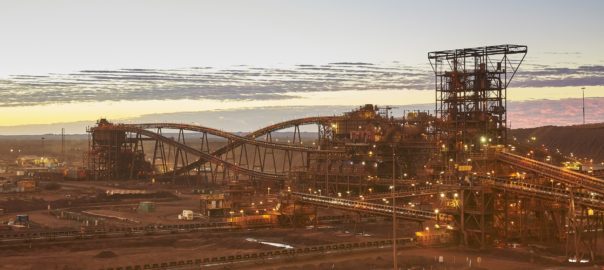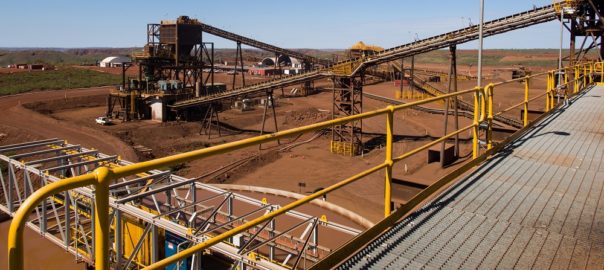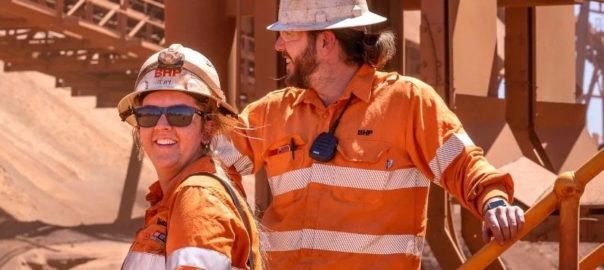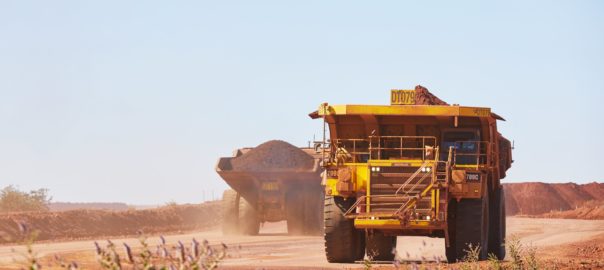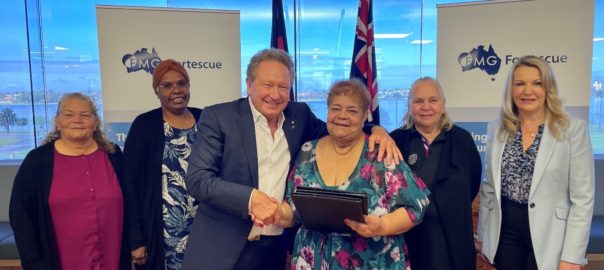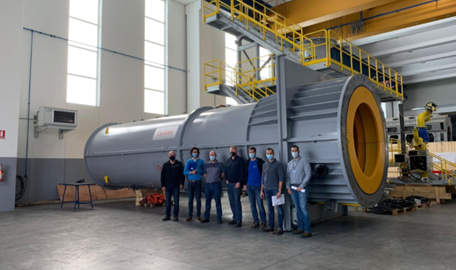Schlam says it has been awarded a multi-million-dollar supply agreement with Fortescue Metals Group Limited for both its products (Schlam Payload Solutions) and services (Schlam People Solutions) divisions.
The contract will see Schlam Payload Solutions supply Fortescue with dump bodies and buckets – including the company’s newly-released Hercules EXO – while Schlam People Solutions will provide skilled on-site mechanical and fabrication services for a minimum of three years with options to extend, it said.
The agreement solidifies Schlam’s decade-long relationship with Fortescue, the company added.
Schlam Chief Executive Officer Matt Thomas said that he expected the agreement’s value to reach over A$90 million ($62.7 million).
“Fortescue will be one of the first operators to receive the Hercules EXO since its successful trial and market release,” Thomas said. “The Hercules EXO is a 240-t-class iron ore specific dump body that is 20% lighter than the company’s already class-leading Hercules. The decreased weight gives miners a greater payload potential, while a complete redesign and innovative material selection have resulted in a 100% increase in service life.”
Thomas added: “Like Schlam, Fortescue is a proud and innovative West Australian company. This relationship strengthened when we trialled a Hercules dump body suited to their fleet of 240-t-class trucks in 2018. At the time, it was the lightest 240-t body we had manufactured and, through working with innovative partners, like Fortescue, we’ve been able to develop the next generation of payload products, including the Hercules EXO.”
To date, Schlam has supplied almost 60 Hercules bodies to Fortescue’s fleet of mining trucks and will deliver a further 50 in the next financial year alone.
The agreement brings Schlam Payload Solutions and Schlam People Solutions under the same set of terms and conditions. The latter expands Schlam’s portfolio of Tier-1 clientele, for which it supplies heavy-duty mechanics, boilermakers, auto-electricians and other skilled labour.
“The agreement will underpin our journey to introduce the latest robotic technology to transform our manufacturing processes and develop a state-of-the-art advanced manufacturing facility right here in Western Australia,” Thomas said.







